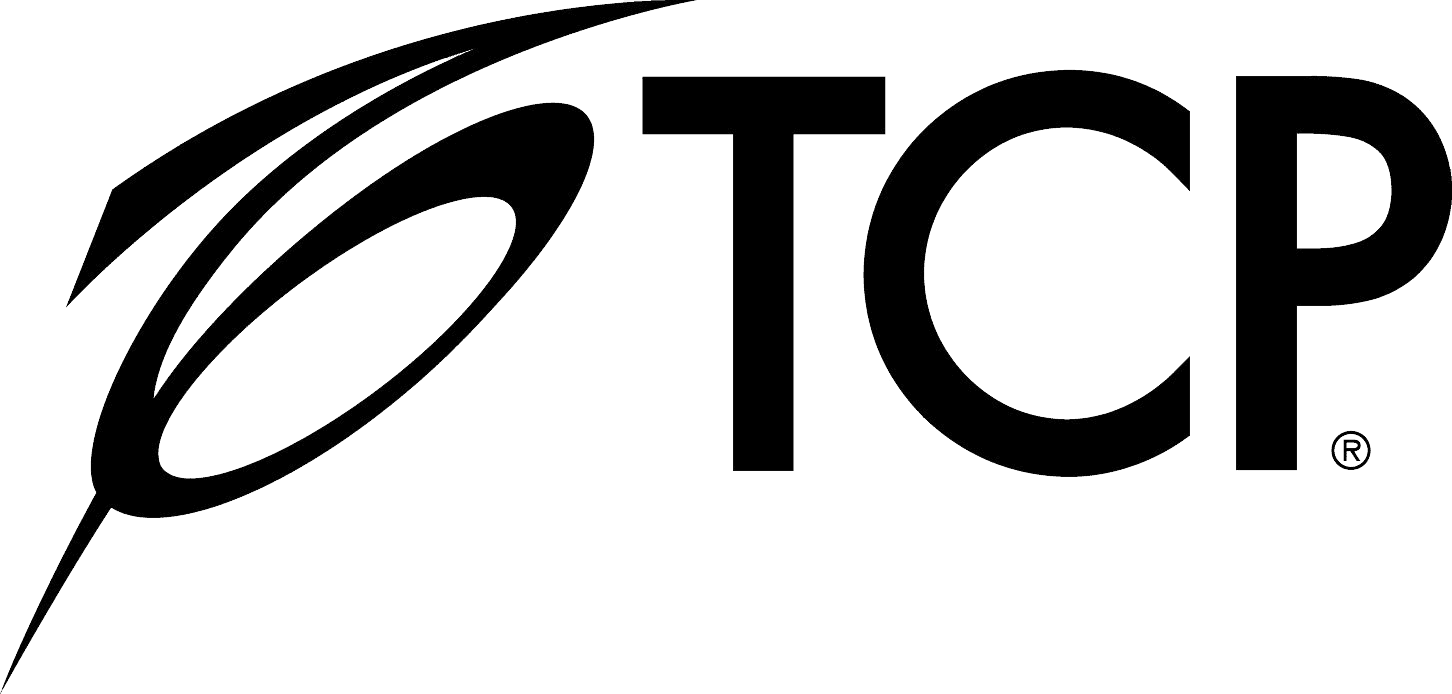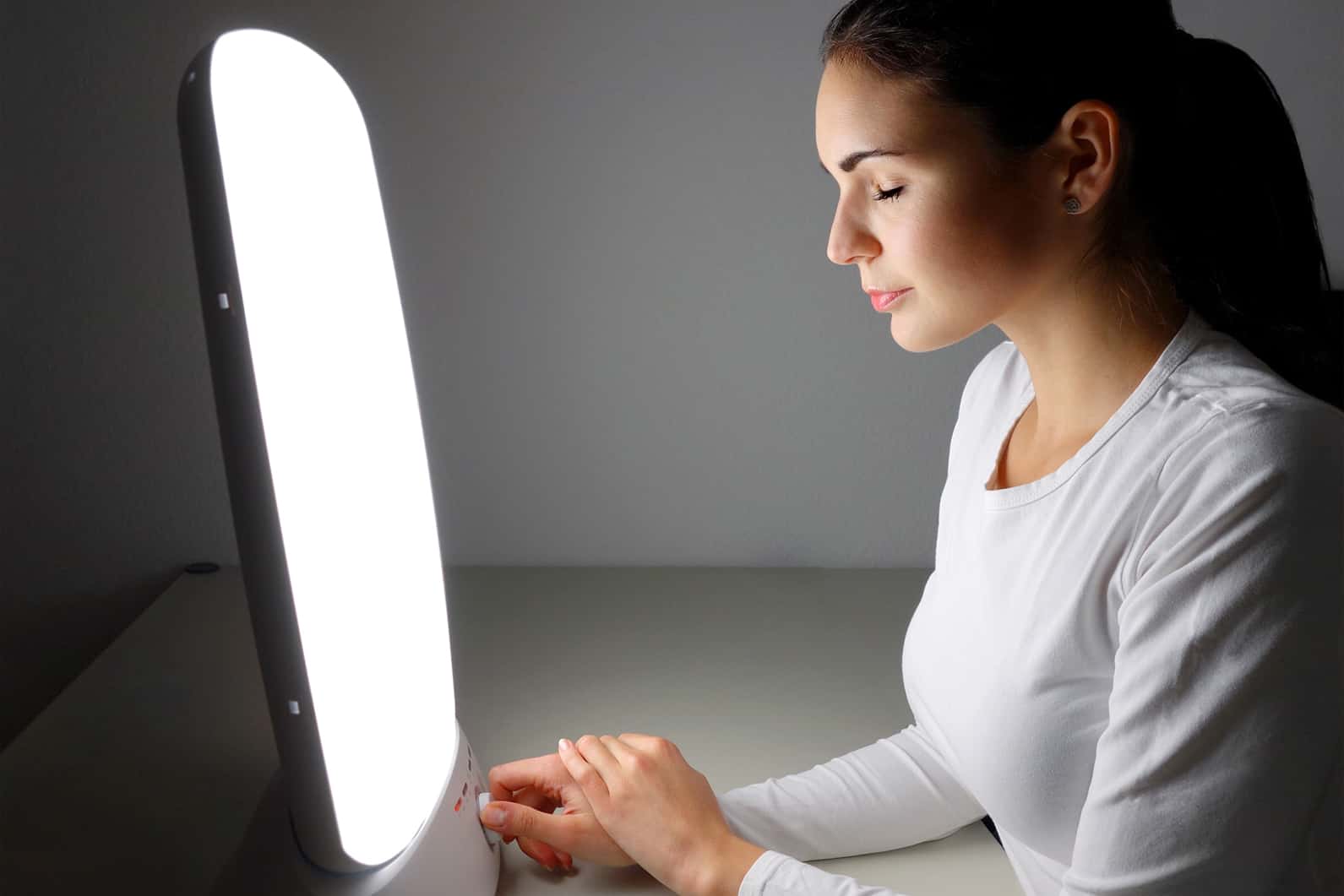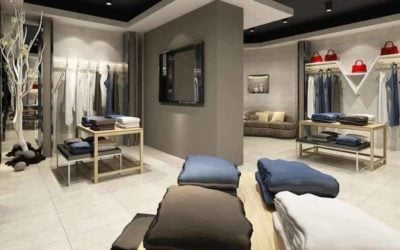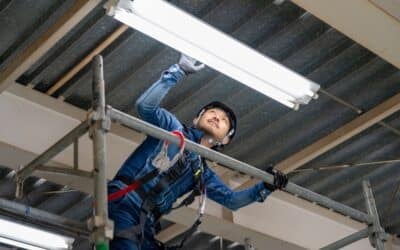Phototherapy and Lighting’s Effect on Human Health
What is Artificial Light?
Artificial lighting is used for many purposes other than to just light a space or object – it is used to treat forms of depression, skin conditions, and other diseases and disorders. If phototherapy, or light therapy, is being used, the amount and duration of light prescribed must be followed due to the possible negative effects of exposure to ultraviolet (UV) and other types of radiation. To understand the effects of artificial light, we must begin with the understanding of what artificial light actually is.
Artificial light is composed of visible light, as well as some UV and infrared (IR) radiations. There is a concern that the emission levels of some light sources can be harmful to the skin and eyes if the proper precautions are not taken. Visible light, UV and IR all fall on the electromagnetic (EM) spectrum.
The spectrum is comprised of all types of EM radiation (energy that travels and spreads). The EM spectrum is made up of seven types of radiation listed from shortest wavelength to longest:
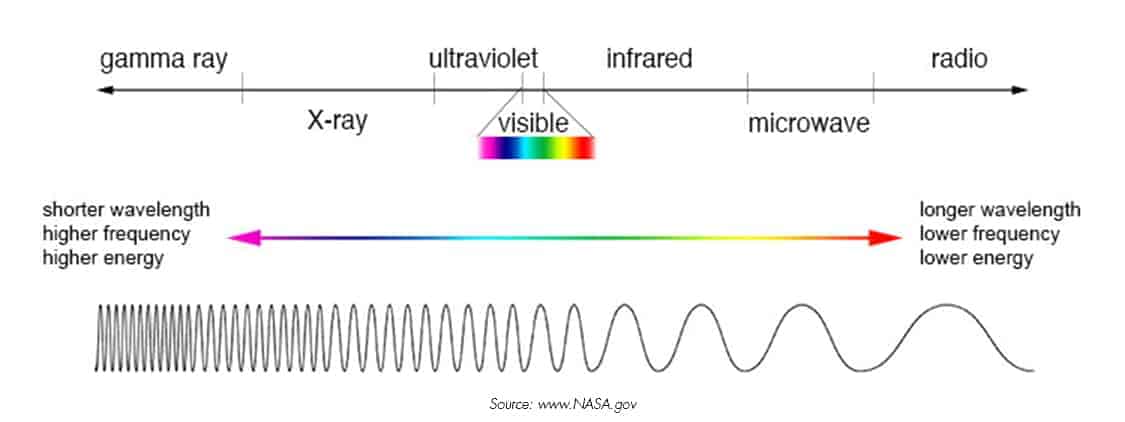
Gamma Rays
X-Rays
Ultraviolet (UV)
Visible Light
Infrared (IR)
Microwaves
Radio Waves
- Ultraviolet: UVA/UVB/UVC, with UVA being the closest to visible light.
- Infrared: IRA, IRB, IRC, with IRA being the closest to visible light.
When light illuminates an object, person, building, etc., it can heat up – this is the effect of IR waves. Visible IRA penetrate the deepest into the skin and eyes, and can reach as far as the retina. UVC, IRB and IRC penetrate the least. When light is too hot or bright, the body has its own defense mechanisms to help protect itself. Blinking, pain and aversion from bright or warm light are a few ways our bodies protect themselves.
Some studies have even shown that overexposure to UV light over long periods of time have contributed to the risk of developing skin cancer (melanoma), squamous cell carcinoma (SCC) and basal cell carcinoma (BCC).
Incandescent, halogen and fluorescent lighting all produce levels of UV and IR radiation, making them hot to the touch when left on for long periods of time. Because they release a lot of excess heat, more energy is wasted as heat rather than used as light. For example, an incandescent light bulb operates at about 20 percent efficiency – meaning 20 percent of energy is released as light, while the left-over 80 percent is released as heat. LED technology on the other hand produces neither UV or IR radiation, making it a safer and more efficient lighting option. To put it into perspective, LED releases 80 percent of its energy as light, while the left-over 20 percent is released as heat.
Phototherapy for Medical Conditions
Seasonal Affective Disorder
There are many types of light therapy boxes used today. Most are used to help regulate circadian health or forms of depression. When it comes to Seasonal Affective Disorder (SAD), there are many types of light therapy technologies. SAD, also known as the “winter blues,” is a form of depression someone can have when they aren’t exposed to enough natural light. This condition usually begins in the fall when days start to get shorter and there is less sunlight, and ends around spring, sometimes early summer when there is more sunlight. Many causes of SAD include fluctuations in serotonin and melatonin levels as well as changes in the body’s biological clock.
Dawn simulators are very common devices to treat those with SAD. There are two main types: one simulates a naturalistic dawn by representing a springtime sunrise, the other simulates a sigmoidal-shaped (crescent-shaped) dawn, which can last anywhere from 30 minutes to 2 hours.
The standard light system for SAD clinical studies are the typical light box. They are flat screens that produce full-spectrum fluorescent light, usually around 930 footcandles (10,000 lux). These are usually used for 30-60 minutes once a day. The full-spectrum technology can also be used in bulb form in homes. They provide the spectrum of natural daylight and can be used in table and floor lamps.
Bluewave light therapy can be used to shift circadian rhythms, suppress levels of melatonin and regulate circadian responses. These can include blue-light goggles/glasses and blue light-emitting boxes. Other types of phototherapy include bright light sun visors and simply putting lights on a timer. Physicians are less likely to recommend the visors because of how close the lights are to the eye, but they are still proven to be effective when used with caution.
Light boxes are designed to be safe and effective, but are not approved or regulated by the FDA for SAD treatment.
Alzheimer’s
A study from the Massachusetts Institute of Technology found that flashing light therapy could reduce the amount of beta amyloid clumps (protein fragments that can destroy synapses in the brain and leads to nerve cell death), which is found in many Alzheimer’s patients. In the study, the lights that were used were programmed to flicker at a particular frequency and showed a reduction of the amount of beta amyloid in the parts of the brain responsible for memory.
Five million Americans are estimated to have Alzheimer’s, and that could triple by 2050 unless a solution is found. With this evolution of light therapy treatments, that number could drastically decrease.
“Studies like this are valuable in revealing new processes implicated in Alzheimer’s disease and opening new avenues for further research.” – Dr. David Reynolds, Alzheimer’s Research UK
Jaundice
Jaundice is a yellow tint of a newborn’s skin and white part of the eyes. It’s a sign that there is too much bilirubin in the baby’s blood (hyperbilirubinemia). Most babies with jaundice can get better without treatment, but for some, light therapy is very effective.
They are exposed to a type of fluorescent light that is then absorbed into the skin. Once this light therapy starts, the bilirubin levels are measured once a day to determine the duration of the therapy.
Skin Conditions
Exposure to excessive amounts of UV light can be harmful, but applied with specific amounts at certain durations can treat conditions such as psoriasis, eczema, acne, chronic pruritus, vitiligo and T-cell lymphoma.
UV light can be applied to large areas of the body using full-body units or smaller body areas using hand-held devices. It’s still unclear how UV light works and why it helps some conditions and not others, but it is believed this type of therapy slows down the overgrowth of some skin cells – altering the function of the immune system. As stated previously, UV light can be dangerous and when used for skin and other types of conditions, it must be used for the prescribed duration and intensity to avoid the damage of skin cells and collagen.
Lighting’s Effect on Circadian Health
Circadian rhythm is our body’s biological clock (sleep/wake cycle) that runs on a 24-hour cycle. The main factor that triggers our body’s circadian clock is lighting, and depending on our exposure to certain types of lighting, that clock can get thrown off.
In humans, circadian rhythm directly affects our core body temperature, and melatonin, cortisol and alpha amylase concentrations. Melatonin is what regulates sleep and wakefulness in our bodies, while cortisol, or also known as the “stress hormone,” is released when the body is under stress. Cortisol also helps with controlling blood sugar levels, regulating metabolism, reducing inflammation and assisting with memory formulation. Alpha amylase is an enzyme that starts the process of starch digestion.
When circadian rhythms are thrown off, people can experience poor sleep and higher stress levels, increased anxiety and depression, and have even been linked to cardiovascular disease and type 2 diabetes.
Through various studies, it has been proven that blue light suppresses levels of melatonin, helping us become awake and alert, while red/amber light increases levels of melatonin, helping us get ready for a good night’s sleep. Because blue light increases brain activity, it is recommended to stay away from blue light towards the end of the day when it gets closer to bedtime. The wrong color temperature at the wrong time of the day can disrupt circadian rhythms.
Therapeutic light treatments have been proven to be effective as treatments for various types of circadian-related disorders:
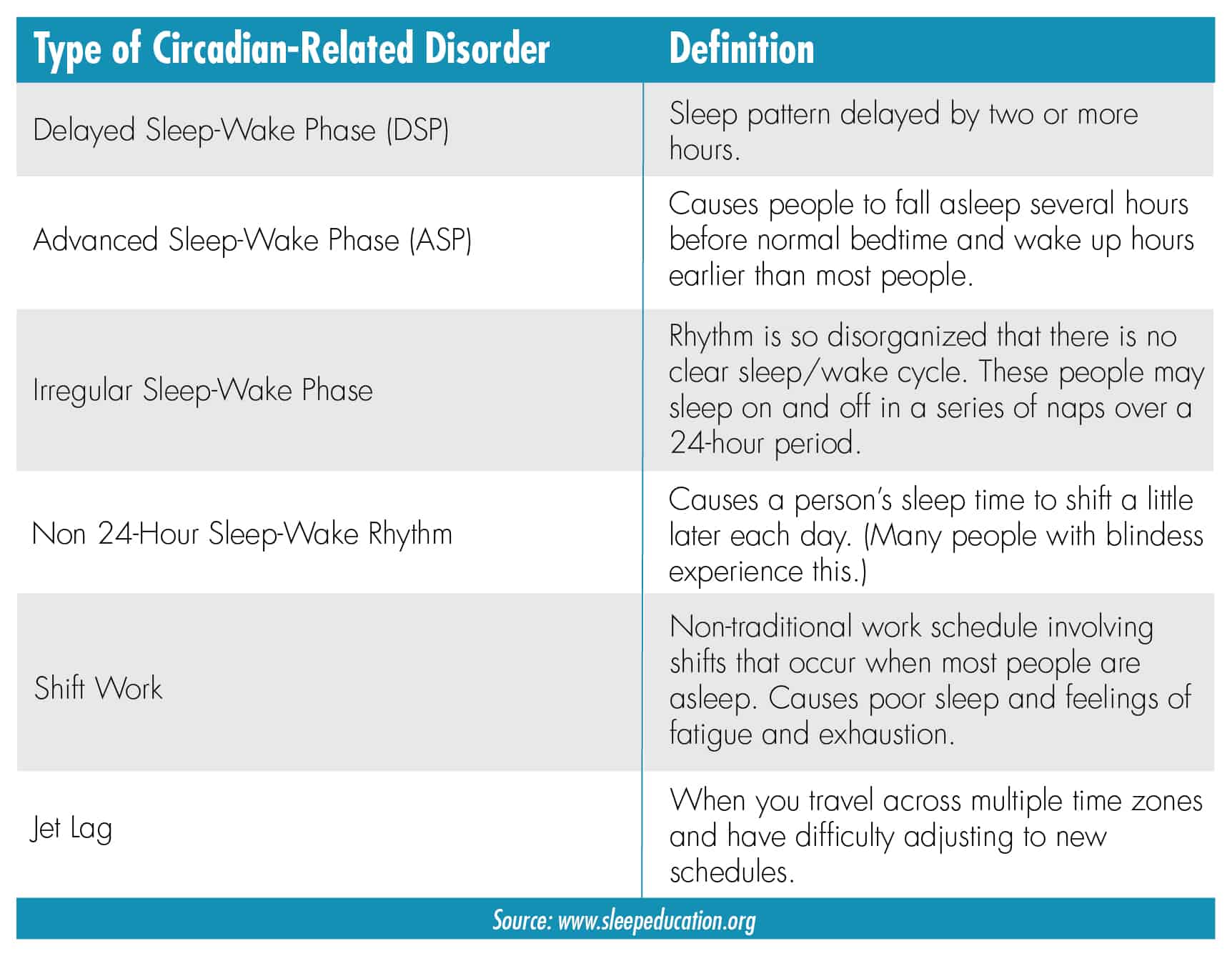
The Lighting Research Center (LRC) has conducted extensive research on the topic of light and circadian health and how it impacts various areas of our lives; from our performance at work to the quality of sleep we get at night. They also released a circadian stimulus (CS) calculator to help lighting professionals select light sources and light levels that will make a space more circadian-friendly. It evaluates different types of light sources, either by single light source or an entire room and determines the level of circadian stimulus.
When choosing the light levels, color temperatures and placement for office buildings, hotels, senior care centers and homes, it’s important to take into consideration the potential positive and negative effects it might have on people. Light is what keeps our mental and physical health on track – it tells us when to wake up and when to go to sleep, and without it, our mood and health can change.
Lighting is very important for health and when you’re constantly surrounded by light it’s important to choose quality. By closely mimicking natural sunlight, SOListic bulbs give off natural-light. allowing true colors to shine. SOListic LED lights provide increased and improved visual comfort, focus, mood, and cognitive performance.
Related Articles
Enhancing Retail Spaces with LED Lighting Solutions
Effective retail lighting is essential for attracting and retaining customers, as it influences customer behavior, mood, and overall shopping experience. The Impact of Light Design on Customer Behavior Lighting plays a pivotal role in shaping how customers interact...
Lighting Maintenance in Industrial Facilities
Managing a warehouse facility is more than just keeping shelves organized. The lighting that constantly surrounds the people and products play a big part in the well-being of the business. Lighting maintenance in industrial facilities helps ensure safety, reduce...
Improve Learning Environments with LED Lighting Solutions
Creating an optimal learning environment requires more than just desks and whiteboards – lighting plays a crucial role in shaping students' focus, energy levels and overall well-being. Schools that insist on high-quality LED lighting solutions can enhance student...
